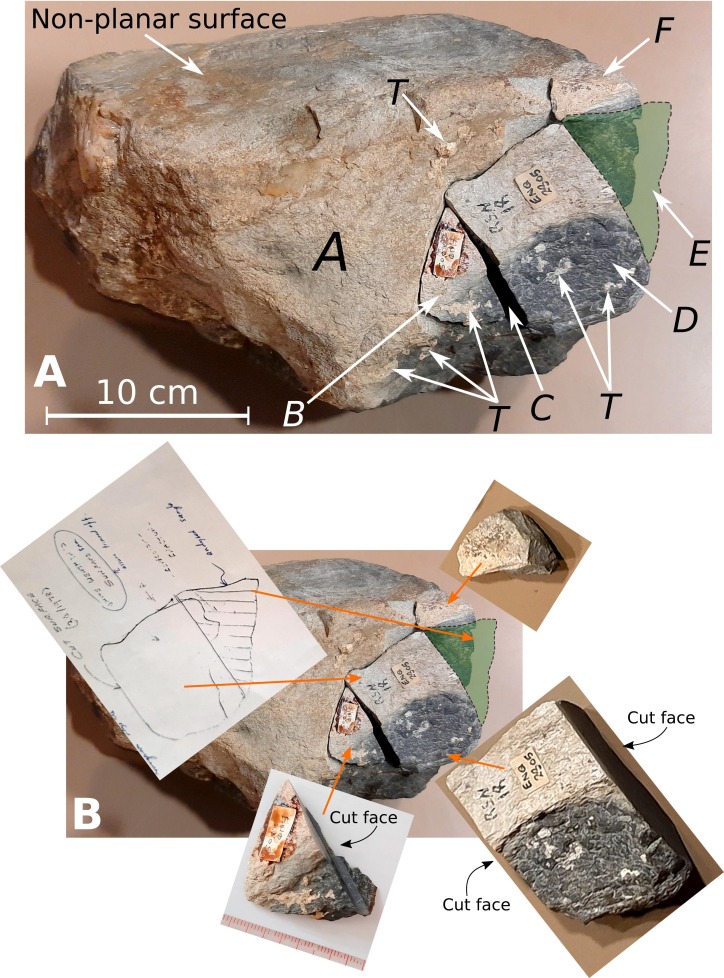BOULDERS at Stonehenge are believed to have been taken to the site by humans and not by glaciers as previously thought.
A new study by experts at Aberystwyth University says there is “no evidence for ice extending as far south as Salisbury Plain”.
Stonehenge was built from stones all over Great Britain which includes smaller bluestone megaliths that came from north Pembrokeshire in Wales – 140 miles away from the ancient monument.
Archaeologists previously thought that the bluestones from the Preseli Hills, which were among the first stones to be erected some 5,000 years ago, were transported by glacial ice long before Stonehenge’s construction.
But now, research published in the Journal for Archaeological Research suggests there is no evidence to support the ice transport theory.
REVEALED: How much money English Heritage made from Stonehenge solstice celebrations
READ MORE: 64-acre solar farm planned for Dorset fields

The Newall boulder Picture: R.E. Bevins/Journal of Archeological Science
Experts focused attention on the Newall boulder which was excavated in 1924 and is in the collection of the Salisbury Museum.
Detailed examination using X-ray, geochemical and microscopic analysis as well as surface textural analysis, reveals there is “no evidence to support the interpretation that it is a glacial erratic”.
The article said: “Rather is derived from a fragmented monolith at Stonehenge, probably what now remains as the buried stump of Stone 32d, transported from Craig Rhos-y-Felin to Stonehenge by Neolithic people.”
The work challenged a previous theory that suggested the boulder was reduced in size and heavily modified during glacial transport, and was eventually dumped at or relatively close to the Salisbury Plain.
The theory suggested the boulder’s shape was altered by ice, but the team at Aberystwyth University said this “could be simply generated by surface weathering”.
They go on to say that if the bluestones were transported by ice – even some of the way – from Wales to Wiltshire
The report said: “If this were the case, then there should be erratics derived from the Mynydd Preseli in west and south Wales. Whilst there are erratics in those regions, for example on the Gower Peninsula and Vale of Glamorgan area further east, there is no record of the very distinctive spotted dolerite used at Stonehenge, where that lithology represents 66% of the bluestone monoliths (30 of the 45 or so stones).
“Given its abundance at Stonehenge, one would expect an abundance of spotted dolerites at their source.”
It added: “The total absence of spotted dolerite erratics further east than the vicinity of Narberth and the evidence for Neolithic stone extraction at both Craig Rhos-y-Felin and Carn Goedog argue strongly in favour of human transport.”












Leave a Reply